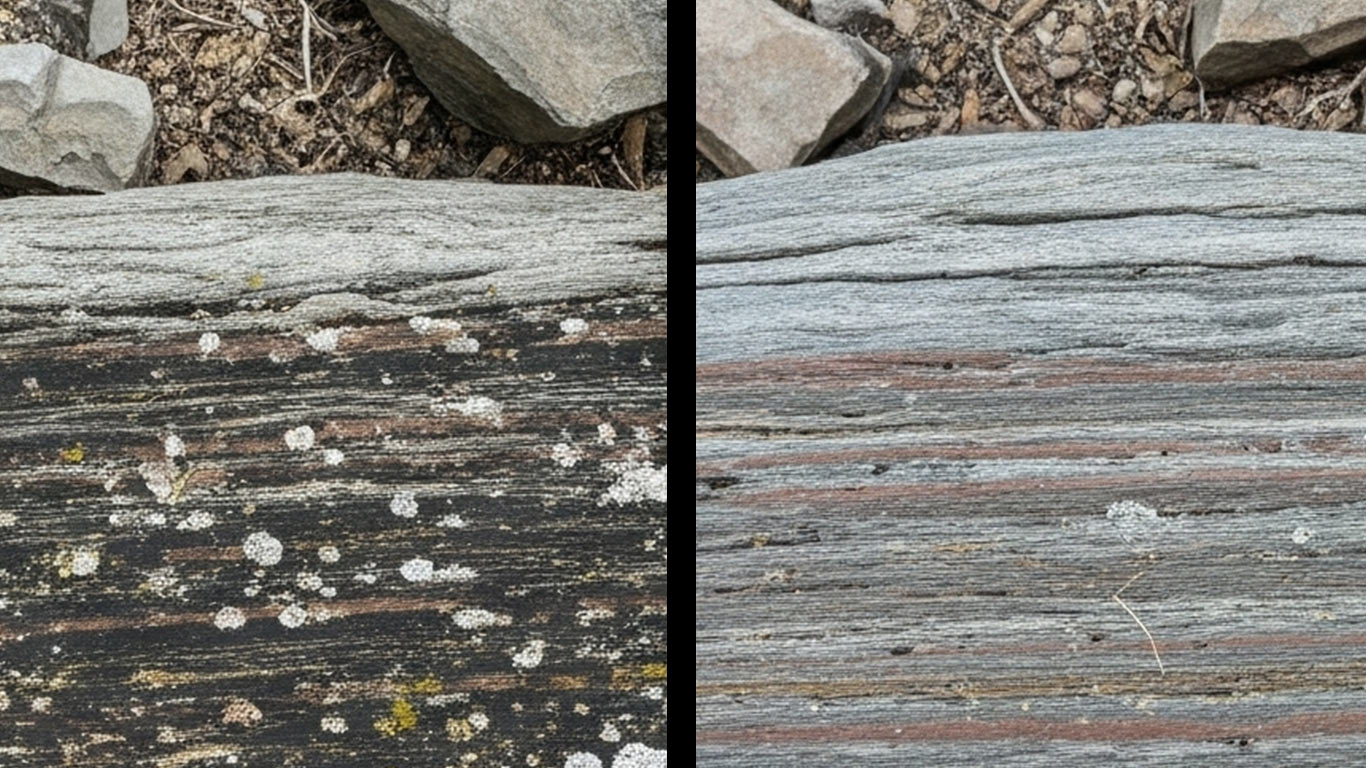
FDA
FDA 21 CFR 1040.10 - Laser Product Performance Standards



When cleaning shale with lasers, I've seen it respond well to focused pulses that clear surface grime quickly, as the stone absorbs energy deeply yet spreads heat slowly, keeping the layers intact—but avoid overexposure to prevent subtle cracking.
I've noticed the shale surface looks rough and patchy under magnification. Dark specks and uneven layers cover it completely. Grimy buildup clings tightly to the fine grains.
After treatment, the surface appears smooth and even across the view. Fresh layers shine clearly without any residue. The natural texture stands out sharply now.

FDA 21 CFR 1040.10 - Laser Product Performance Standards

ANSI Z136.1 - Safe Use of Lasers

IEC 60825 - Safety of Laser Products

OSHA 29 CFR 1926.95 - Personal Protective Equipment